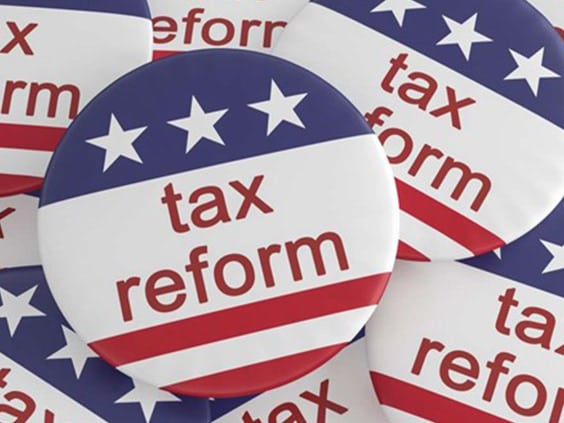9 Take Aways from the Latest Tax Bill

Robert Roper, CPA, and Phil Mitchell, CFA, CPA, have highlighted some key tax provisions and takeaways from the passage of the most recent tax reform, which was signed into law on July 4, 2025. In our opinion, despite its breadth, the bill does not contain major economic changes for everyone. There are changes that will uniquely benefit key areas of the tax code as outlined below. While the lower tax brackets (TCJA) were set to expire at the end of 2025, most will now remain in the same tax bracket as in the previous few years. Tax rates are staying the same. This is the lions share of the cost of this legislation.
- Senior deduction: The bill provides a temporary $6,000 deduction for individual taxpayers who are age 65 or older, subject to income phase-outs.
Takeaway: The senior deduction will be a key planning factor for seniors as phase-outs of taxable social security income as well as other deductions will be vital.
- SALT cap: The bill temporarily increases the limit on the federal deduction for state and local taxes (the SALT cap) to $40,000 (from the current $10,000) and adjusts it for inflation.
Takeway: This is an area to closely watch for anyone who lives in high tax states. High-income taxpayers in high-tax states may see limited benefits. Consider bunching deductions or timing payments.
- Car loan interest: Allows deduction for up to $10,000 of interest on new car loans (years 2025–2028); must be US final assembled passenger vehicles, subject to income phase-out.
Takeaway: This is the best kind of deduction, an above-the-line deduction not subject to itemized deductions restrictions.
- Charitable contribution deduction: Allows nonitemizers to claim a deduction of up to $1,000 for single filers or $2,000 for married taxpayers filing jointly for certain charitable contributions.
Takeaway: Most filers have not been able to take advantage of charitable deductions since the last major tax reform so ensure that you’re tracking your cash donations and providing them at tax time to receive the deduction.
- No tax on tips and overtime: Subject to income phase-out, but should be beneficial to numerous filers through year 2028.
Takeaway: This will help workers across numerous industries and income ranges.
- Increased child tax credit and “Trump Accounts”: Child tax credit slated for permanent at $2,200 per child. The “Trump Accounts” will see further refinements, but the House bill was set to include a pilot program where the federal government pays a one-time $1,000 credit to an account of each qualifying child (born after 2024 and before 2029).
Takeaway: The child tax credit is a popular credit among families who are looking to reduce their tax liability and the pilot savings program could help spurn long-term savings for education or first-time home buying expenses.
Other items of note:
- Clean energy incentives: The bill terminates many clean energy tax incentives. Many expiring in 2025 and 2026.
- Estate and gift tax exemption amounts: Estate tax exemption and lifetime gift tax exemption amounts set to $15 million for single filers ($30 million for married filing jointly) in 2026 and index the exemption amount for inflation after that.
- Qualified Business Income (QBI) deduction (Sec. 199A): Deduction remains at 20% and made permanent. Phase-outs increased.
Takeaway for other items: Just a few of the numerous provisions of the bill have been highlighted within. Please contact us if you have specific questions on how the bill will impact your personal income tax or retirement plan.
We are happy to assist you in understanding these latest tax changes. Give us a call at 616-356-2002 or complete our contact form today.


